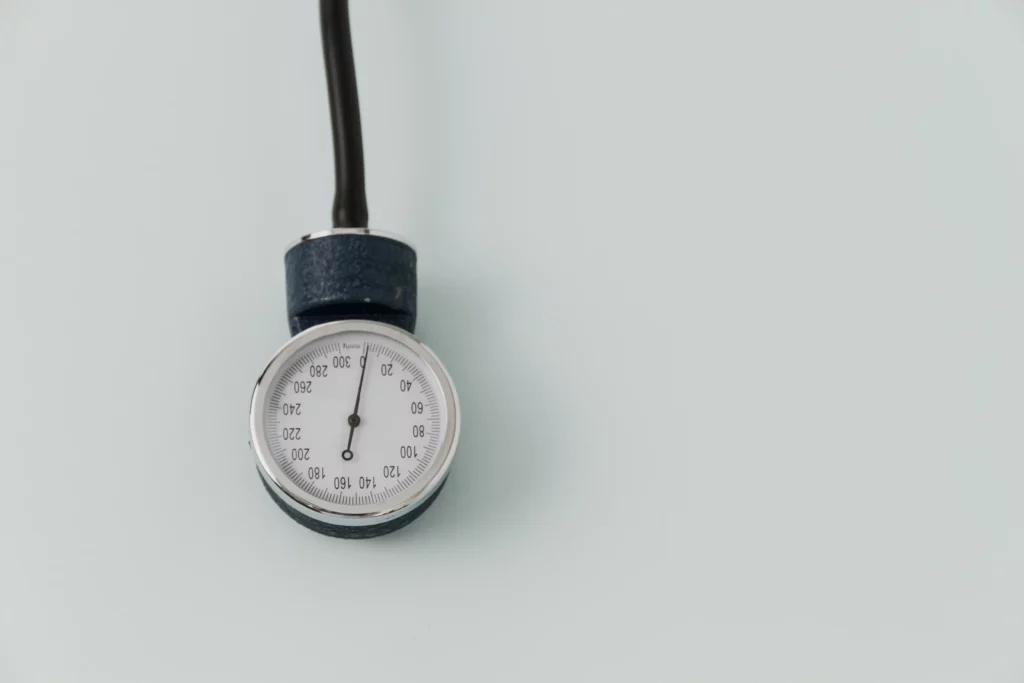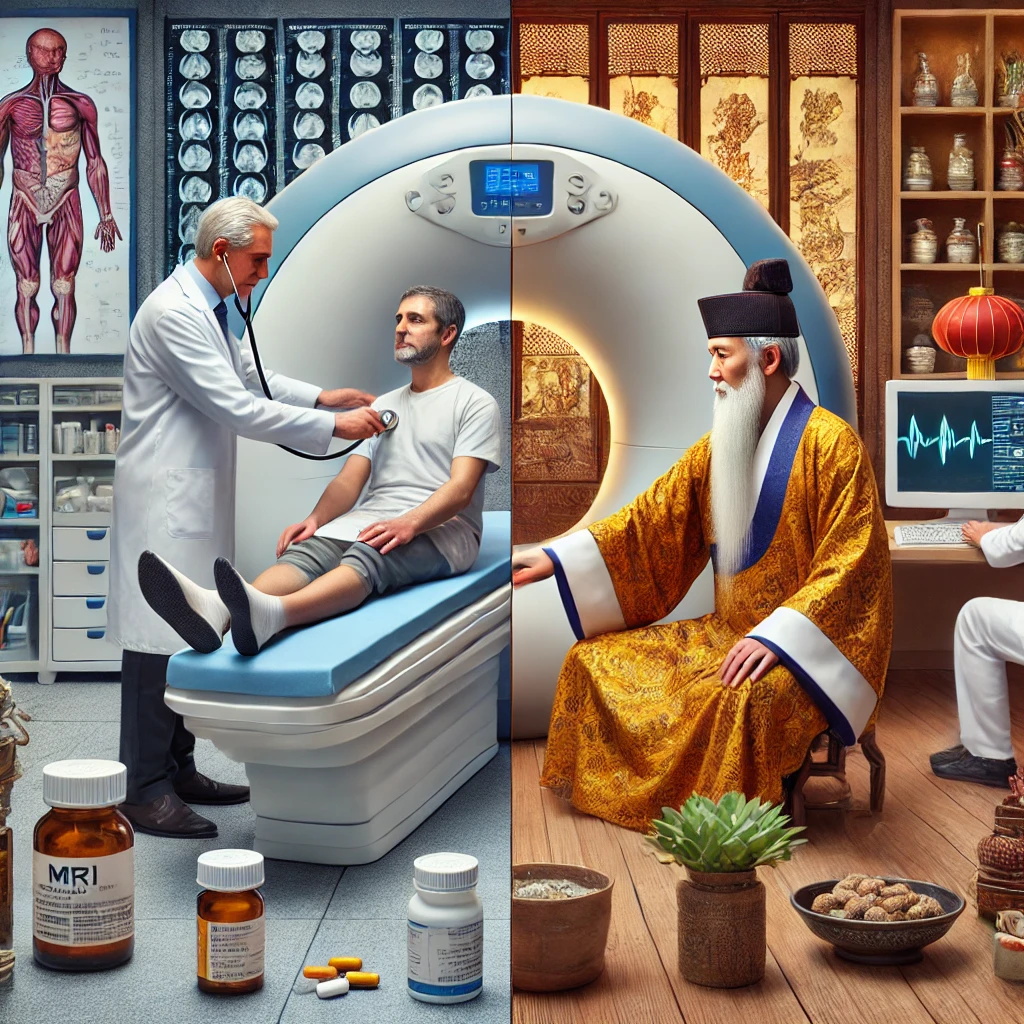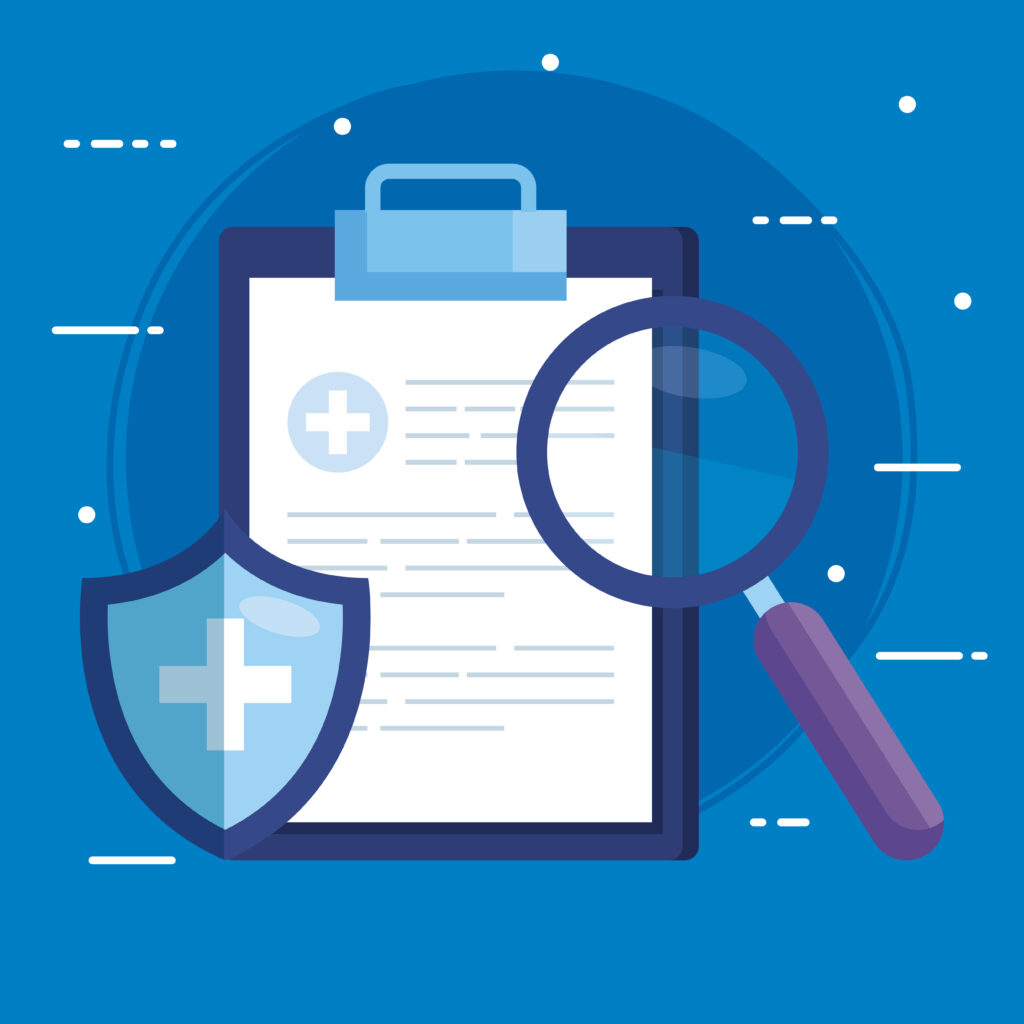Medical records contain essential information about a patient’s health, including their medical history, diagnoses, treatments, and prescriptions. When these records need to be translated—whether for international patients, medical research, or insurance claims—accuracy is critical. A single mistake in translation can lead to misdiagnosis, incorrect treatment, or legal issues.
How can medical professionals, patients, and translation agencies ensure precise and legally compliant translations of medical records into Chinese?
Why Accurate Medical Record Translation Matters
Medical translation is not just about language—it involves medical terminology, legal regulations, and cultural differences. Translation errors can have serious consequences.
A 2022 study in the Journal of Medical Translation found that translation mistakes caused 18% of medical malpractice cases involving non-English-speaking patients. Inaccuracies in medical history, test results, or medication names can directly affect a patient’s treatment and safety.
In China, medical translations must comply with the National Health Commission (NHC) and the Data Security Law (DSL). Internationally, they must also follow HIPAA (U.S.) and GDPR (EU) regulations to ensure data privacy and security.
Challenges in Translating Medical Records into Chinese
Medical record translation is complex due to several key challenges:
1. Medical Terminology and Abbreviations
Medical terminology often does not have a direct equivalent in Chinese, requiring careful interpretation. For example:
- Angina pectoris → 心绞痛 (correct translation)
- Chronic Obstructive Pulmonary Disease (COPD) → 慢性阻塞性肺疾病
READ MORE:Chinese scientific/medical term databases

Medical abbreviations can also be confusing. BP (blood pressure) should be correctly translated as 血压, but if misunderstood, it could lead to errors in diagnosis or treatment.
2. Handwritten Notes and Illegible Text
Doctors often write in shorthand or use difficult-to-read handwriting in medical records. A translator must have experience with medical notes to ensure accuracy.
3. Legal and Compliance Issues
Medical records contain sensitive personal data, which must be handled securely. In China, translations must comply with:
- Personal Information Protection Law (PIPL)
- Data Security Law (DSL)
For international records, translators must ensure compliance with:
- HIPAA (U.S.) – Protects patient data in medical documents
- GDPR (EU) – Governs data privacy in the European Union
4. Cultural and Linguistic Differences

To ensure high-quality translations, medical translators should follow these best pracMedical language varies between Western medicine and Traditional Chinese Medicine (TCM). Some concepts in Western medicine do not exist in TCM, requiring careful adaptation.
For example, the Western term “inflammation” is often translated as “炎症” in Chinese. However, in TCM, inflammation is sometimes described as “an imbalance of heat” (热证). The translator must decide whether to use standard medical terminology or an explanation that aligns with the patient’s understanding.tices:
Best Practices for Accurate Medical Record Translation
1. Work with Certified Medical Translators
Choose translators certified by:
✅ ATA (American Translators Association)
✅ CIOL (Chartered Institute of Linguists)
✅ NAATI (National Accreditation Authority for Translators and Interpreters, Australia)
Medical translators should be familiar with ICD-10 (International Classification of Diseases), SNOMED CT, and MedDRA (Medical Dictionary for Regulatory Activities) to ensure accurate terminology.
2. Use AI and CAT Tools with Human Review
- Translation memory (TM) software like SDL Trados, memoQ, or Smartcat helps maintain consistency in medical terminology.
- AI-powered tools like DeepL or Google Translate can assist but must always be reviewed by a human expert to avoid errors.
3. Follow Standardized Medical Terminology
To ensure consistency, translators should use:

WHO’s ICD-10 & ICD-11 for disease classification
SNOMED CT for clinical terms
China’s National Medical Vocabulary for local medical terms
4. Conduct Quality Assurance and Back Translation
- Double-check translations by having a second medical translator review the document.
- Back translation (translating the Chinese version back into English) helps catch errors and ensures accuracy.
5. Ensure Compliance with Medical Regulations
- For translations within China, ensure compliance with PIPL and DSL.
- For international translations, follow HIPAA and GDPR regulations.
- If the medical record is used for legal or insurance purposes, use a notarized translation.
Common Medical Translation Errors and How to Avoid Them
Many translation mistakes come from misinterpretation, missing information, or incorrect adaptation of medical terms. Here’s how to prevent errors:

✅ Clarify ambiguous terms – If a medical term has multiple meanings, confirm the correct one with the healthcare provider.
✅ Avoid literal translations – Some English medical terms have no direct Chinese equivalent and require descriptive translation.
✅ Check medication names carefully – Drug names can vary across countries. Always use the International Nonproprietary Name (INN) to avoid confusion.
✅ Verify dosage units – The U.S. uses mg/dL for blood tests, while China often uses mmol/L. Incorrect unit conversion can lead to dangerous medical mistakes.
Industries That Require Medical Record Translation
Medical translation is essential for multiple industries, including:

Hospitals & Healthcare Providers – To treat foreign patients or help Chinese patients receive care abroad.
Pharmaceutical Companies – To translate clinical trial reports, drug approvals, and medical research.
Insurance & Legal Sectors – To process medical claims, malpractice cases, and legal documents.
Medical Research & Education – To share research papers, medical guidelines, and textbooks between English and Chinese.
READ MORE:Industry-Specific Translation Strategies
Medical record translation is a critical process that requires precision, medical expertise, and compliance with legal regulations. Errors in translation can lead to serious consequences, from misdiagnosis to legal complications. By working with certified medical translators and following industry best practices, healthcare providers and patients can ensure that medical records are accurately translated into Chinese while maintaining the integrity of the original information.
At AZ-Loc, we specialize in professional medical translations, ensuring accuracy, confidentiality, and compliance with HIPAA, GDPR, and China’s Personal Information Protection Law (PIPL).
READ MORE:How We Made Our Client in the Medical Device Industry Happy with Fast Chinese Translation Service
If you need precise and legally compliant medical translations, contact our team today. We are committed to delivering high-quality medical translations that help ensure better patient care and seamless communication across languages.
📩 Get in touch with us today to discuss your medical translation needs!
